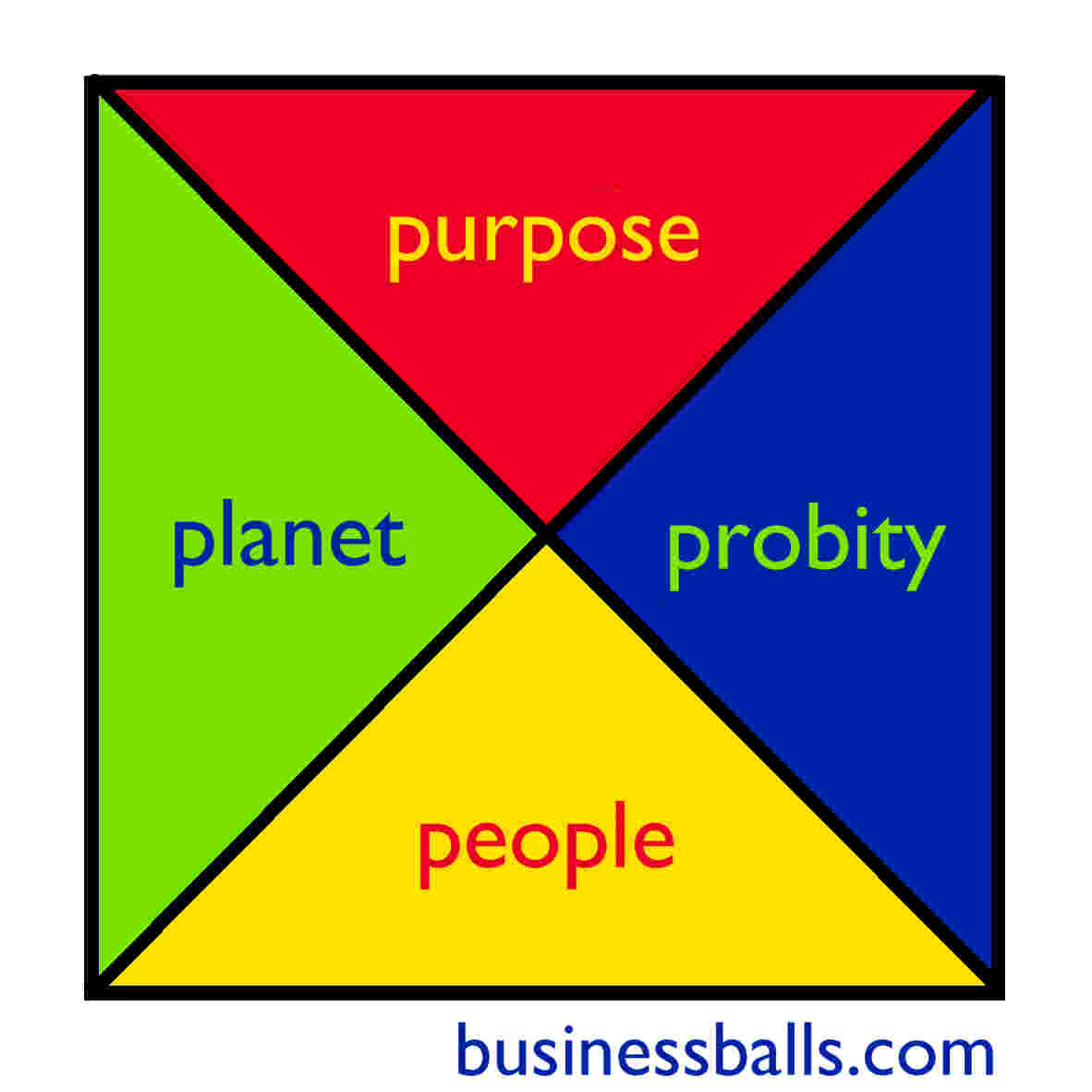Small Scale Business
By: Idise Chukutem
Small businesses are common in many countries, depending on the economic system in operation. Typical examples include: convenience stores, other small shops (such as a bakery or delicatessen), hairdressers, tradesmen, lawyers, accountants, restaurants, guest houses, photographers, small-scale manufacturing, and online business, such as web design and programming, etc.
Size definitions
The legal definition of "small" varies by country and by industry. In the United States the Small Business Administration establishes small business size standards on an industry-by-industry basis, but generally specifies a small business as having fewer than 500 employees for manufacturing businesses and less than $7 million in annual receipts for most non manufacturing businesses .The definition can vary by circumstance – for example, a small business having fewer than 25 full-time equivalent employees with average annual wages below $50,000 qualifies for a tax credit under the healthcare reform bill Patient Protection and Affordable Care ActIn the European Union, a small business generally has under 50 employees. However, in Australia, a small business is defined by the Fair Work Act 2009 as one with fewer than 15 employees. By comparison, a medium sized business or mid-sized business has under 500 employees in the US, 250 in the European Union and fewer than 200 in Australia.
In addition to number of employees, other methods used to classify small companies include annual sales (turnover), value of assets and net profit (balance sheet), alone or in a mixed definition. These criteria are followed by the European Union, for instance (headcount, turnover and balance sheet totals). Small businesses are usually not dominant in their field of operation.
Advantages of small business
A small business can be started at a very low cost and on a part-time basis. Small business is also well suited to internet marketing because it can easily serve specialized niches, something that would have been more difficult prior to the internet revolution which began in the late 1990s. Adapting to change is crucial in business and particularly small business; not being tied to any bureaucratic inertia, it is typically easier to respond to the marketplace quickly. Small business proprietors tend to be intimate with their customers and clients which results in greater accountability and maturity.Independence is another advantage of owning a small business. One survey of small business owners showed that 38% of those who left their jobs at other companies said their main reason for leaving was that they wanted to be their own bosses.[citation needed] Freedom to operate independently is a reward for small business owners. In addition, many people desire to make their own decisions, take their own risks, and reap the rewards of their efforts. Small business owners have the satisfaction of making their own decisions within the constraints imposed by economic and other environmental factors .However, entrepreneurs have to work very long hours and understand that ultimately their customers are their bosses.
Several organizations, in the United States, also provide help for the small business sector, such as the Internal Revenue Service's Small Business and Self-Employed One-Stop Resource.
Problems faced by small businesses
Small businesses often face a variety of problems related to their size. A frequent cause of bankruptcy is undercapitalization. This is often a result of poor planning rather than economic conditions - it is common rule of thumb that the entrepreneur should have access to a sum of money at least equal to the projected revenue for the first year of business in addition to his anticipated expenses. For example, if the prospective owner thinks that he will generate $100,000 in revenues in the first year with $150,000 in start-up expenses, then he should have no less than $250,000 available. Failure to provide this level of funding for the company could leave the owner liable for all of the company's debt should he end up in bankruptcy court, under the theory of undercapitalization.In addition to ensuring that the business has enough capital, the small business owner must also be mindful of contribution margin (sales minus variable costs). To break even, the business must be able to reach a level of sales where the contribution margin equals fixed costs. When they first start out, many small business owners underprice their products to a point where even at their maximum capacity, it would be impossible to break even. Cost controls or price increases often resolve this problem.
In the United States, some of the largest concerns of small business owners are insurance costs (such as liability and health), rising energy costs and taxes. In the United Kingdom and Australia, small business owners tend to be more concerned with excessive governmental red tape.
Another problem for many small businesses is termed the 'Entrepreneurial Myth' or E-Myth. The mythic assumption is that an expert in a given technical field will also be expert at running that kind of business. Additional business management skills are needed to keep a business running smoothly.
Still another problem for many small businesses is the capacity of much larger businesses to influence or sometimes determine their chances for success.
Being a successful business person, one has to go through mistakes and problems and try to learn from them. Business people know and realize that a mistake is only really a mistake if you don't learn from it, which will make you prone to doing it again. Otherwise when you learn from it, it makes you a better business person. You will never forget what you learned from a mistake and how it made you a better person.
Marketing the small business
| | This section does not cite any references or sources. Please help improve this section by adding citations to reliable sources. Unsourced material may be challenged and removed. (November 2010) |
Common marketing techniques for small business include networking, word of mouth, customer referrals, yellow pages directories, television, radio, outdoor (roadside billboards), print, email marketing, and internet. Electronic media like TV can be quite expensive and is normally intended to create awareness of a product or service.
Many small business owners find internet marketing more affordable. Google AdWords and Yahoo! Search Marketing are two popular options of getting small business products or services in front of motivated Web searchers. Successful online small business marketers are also adept at utilizing the most relevant keywords in their site content. Advertising on niche sites can also be effective, but with the long tail of the internet, it can be time intensive to advertise on enough sites to garner an effective reach.
Creating a business Web site has become increasingly affordable with many do-it-yourself programs now available for beginners. A Web site can provide significant marketing exposure for small businesses when marketed through the Internet and other channels. Some popular services are WordPress, Joomla and Squarespace.
Social media has proven to be very useful in gaining additional exposure for many small businesses. Many small business owners use Facebook and Twitter as a way to reach out to their loyal customers to give them news about specials of the day or special coupons and generate repeat business. The relational nature of social media, along with its immediacy and 24-hour presence lend intimacy to the relationship small businesses can have with their customers, while making it more efficient for them to communicate with greater numbers. Facebook ads are also a very cost-effective way for small businesses to reach a targeted audience with a very specific message.
In addition to the social networking sites, blogs have become a highly effective way for small businesses to position themselves as experts on issues that are important to their customers. This can be done with a proprietary blog and/or by using a backlink strategy wherein the marketer comments on other blogs and leaves a link to the small business' own Web site.
A solid public relations strategy that utilizes speaking engagements, press releases, feature stories, events and sponsorships can also be a very cost-effective way to build a loyal following for a small business.
Franchise businesses
Franchising is a way for small business owners to benefit from the economies of scale of the big corporation (franchiser). McDonald's restaurants, TrueValue hardware stores, and NAPA Auto Parts stores are examples of a franchise. The small business owner can leverage a strong brand name and purchasing power of the larger company while keeping their own investment affordable. However, some franchisees conclude that they suffer the "worst of both worlds" feeling they are too restricted by corporate mandates and lack true independence. However, in some chains, such as the aforementioned TrueValue and NAPA, franchises may have their own name alongside the franchise's name.Small business bankruptcy
When small business fails, the owner may file bankruptcy. In most cases this can be handled through a personal bankruptcy filing. Corporations can file bankruptcy, but if it is out of business and valuable corporate assets are likely to be repossessed by secured creditors there is little advantage to going to the expense of a corporate bankruptcy. Many states offer exemptions for small business assets so they can continue to operate during and after personal bankruptcy. However, corporate assets are normally not exempt, hence it may be more difficult to continue operating an incorporated business if the owner files bankruptcy.Certification and trust
Building trust with new customers can be a difficult task for a new and establishing business. Some organizations like the Better Business Bureau and the International Charter now offer Small Business Certification, which certifies the quality of the services and goods produced and can encourage new and larger customers. These services may require a few hours of work, but a certification may reassure potential customers.[citation needed]Contribution to the economy
In the US, small business (less than 500 employees) accounts for around half the GDP and more than half the employment. Regarding small business, the top job provider is those with fewer than 10 employees, and those with 10 or more but fewer than 20 employees comes in as the second, and those with 20 or more but fewer than 100 employees comes in as the third (interpolation of data from the following references).The most recent data shows firms with less than 20 employees account for slightly more than 18% of the employment.Of the 5,369,068 employer firms in 1995, 78.8 percent had fewer than 10 employees, and 99.7 percent had fewer than 500 employees.
Sources of funding
Small businesses use several sources available for start-up capital:- Self-financing by the owner through cash, equity loan on his or her home, and or other assets.
- Loans from friends or relatives
- Grants from private foundations
- Personal savings
- Private stock issue
- Forming partnerships
- Angel investors
- Banks
- SME finance, including Collateral based lending and Venture capital, given sufficiently sound business venture plans
Canadian small businesses can take advantage of federally funded programs and services. See Federal financing for small businesses in Canada (grants and loans).
Business Networks and Advocacy Groups
Small businesses often join or come together to form organizations to advocate for their causes or to achieve economies of scale that larger businesses benefit from, such as the opportunity to buy cheaper health insurance in bulk. These organizations include local or regional groups such as Chambers of Commerce, as well as national or international industry-specific organizations. Such groups often serve a dual purpose, as business networks to provide marketing and connect members to potential sales leads and suppliers, and also as advocacy groups, bringing together many small businesses to provide a stronger voice in regional or national politics.Small Business Development Centers (SBDCs), operating in each state, provide free and confidential counseling and low-cost training to small businesses.
The largest regional small business group in the United States is the Council of Smaller Enterprises, located in Greater Cleveland.
 16:18
16:18
 Unknown
Unknown










